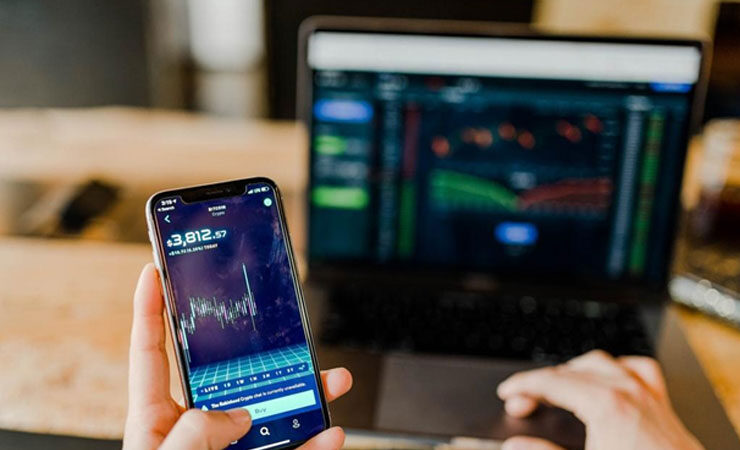
Users of cryptocurrency exchanges often face the need to verify their identity. Someone perceives this negatively by refusing to provide personal documents to third parties for moderation. However, regulation will soon become more and more ingrained in the crypto industry. Therefore, it is important to understand the essence of the key terms (KYC and AML) related to the verification of the identity and its intentions in crypto services.
What Is KYC and How Does It Work?
KYC (Know Your Client) is a principle of operation of financial institutions that obliges them to identify a person’s identity before conducting a transaction. This identification serves many purposes:
- Customer understanding;
- Risk mitigation;
- Transaction monitoring;
- Combating bribery and corruption.
The concept of KYC appeared in the official documents of the Treasury Department of Financial Crimes Enforcement FinCEN USA in 2016. It introduced formal KYC requirements. The exchange services are responsible for determining what data should be requested from clients. There is no single standard. As a rule, crypto exchanges request full name, date of birth, address of residence, phone number, and ID from users who exchange MATIC to USDC or other coins.
KYC works on the principle of gathering information to compile a database. With specialized software, companies can manage the identity verification process and identify high-risk customers. KYC procedures are a multi-stage operation. It involves the collection and analysis of customers’ personal information. Examples of KYC procedures are verification of the client’s identity by SMS code or limits on cash withdrawals from the account.
AML and Main Features of Its Work
AML is a set of laws that must be respected throughout the world. The Financial Action Task Force on Money Laundering is the organization that proposes these laws. The purpose of AML is to track suspicious activity. The procedure involves the identification, storage, and exchange of data about users, their income, and transactions between organizations and departments.
AML uses a variety of algorithms to link the KYC database and other information sources. The relationship between AML and KYC should be permanent and reciprocal. KYC modules can be used to tailor an AML program to the needs of each business, clarify customer risk, and improve compliance performance.
Key Differences Between KYC and AML
The main difference between KYC and AML is that KYC refers to the identity verification and risk assessment process. AML is a range of anti-money laundering techniques used to protect against, detect, and report financial crime. KYC is one of the key principles that must be followed in order to comply with the AML rules.
Why Are KYC and AML Used in Crypto?
Thanks to the KYC and AML policy in the field of blockchain, customers receive the legality of cryptocurrency and the security of transactions. In addition, they are provided with a quick withdrawal of currency into real money. The user can be sure of the following:
- Trading on the platform is safe. Exchange MATIC to CAKE by following the link https://letsexchange.io/exchange/matic-to-cake and see for yourself;
- He is protected from fraud;
- He replenishes the account directly without extra charges;
- It is possible to restore the account in case of loss of access.
According to the AML policy, the exchange checks the transaction history of each user. Thus, the service protects itself from illegal activities and ensures the transparency of transactions. The AML policy includes monitoring and assessing the risks of transactions, as well as checking the purity of the cryptocurrency.
Conclusion
Therefore, KYC and AML are key tools to combat fraud and money laundering in the crypto industry. They are also required to comply with regulatory requirements. This creates a more secure and controlled environment for crypto investment and contributes to the development and recognition of the crypto industry in the world.






